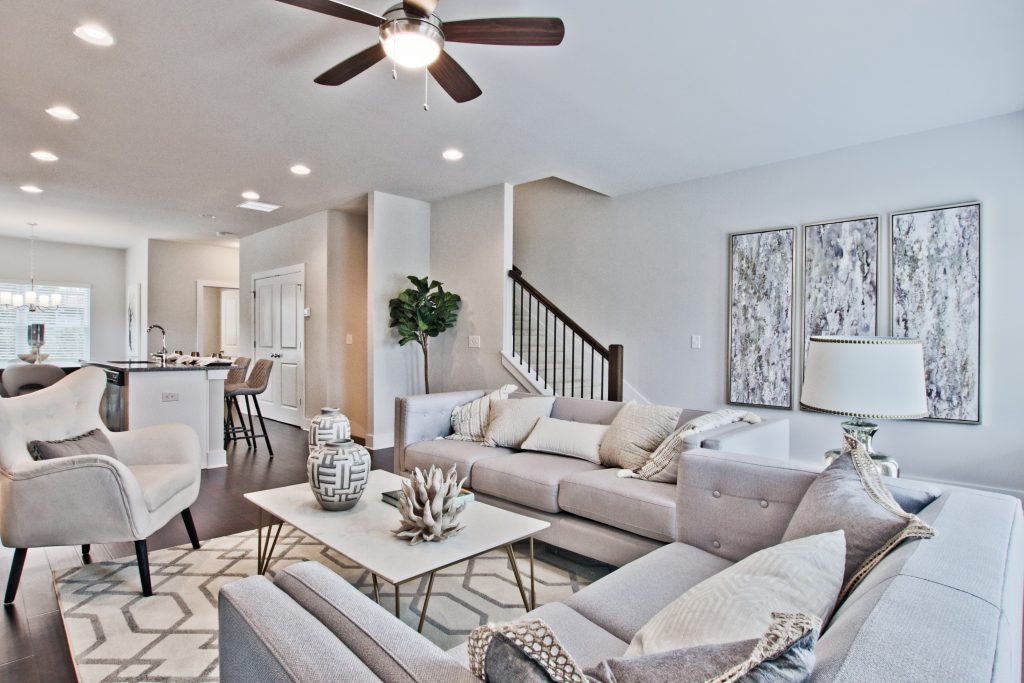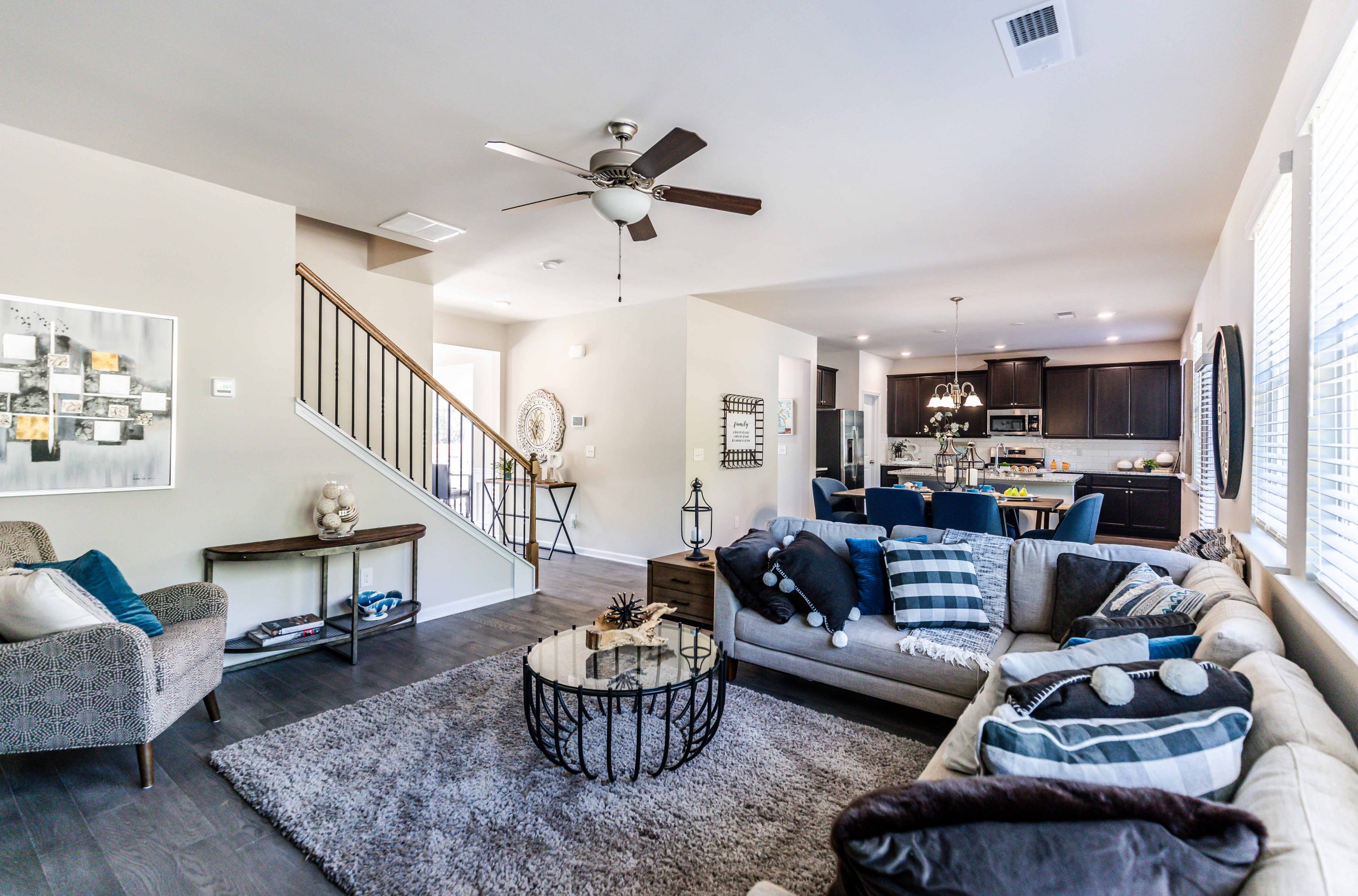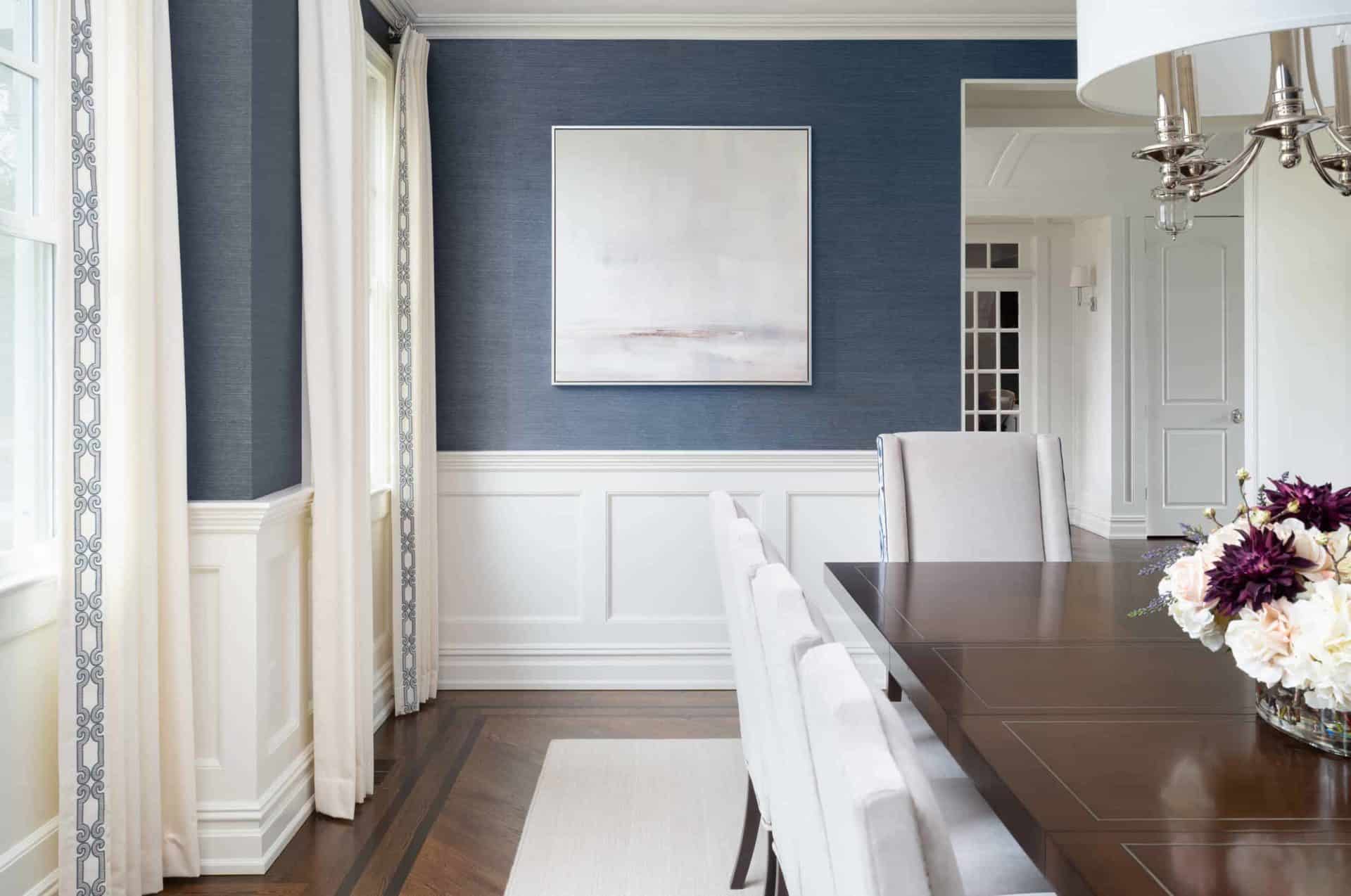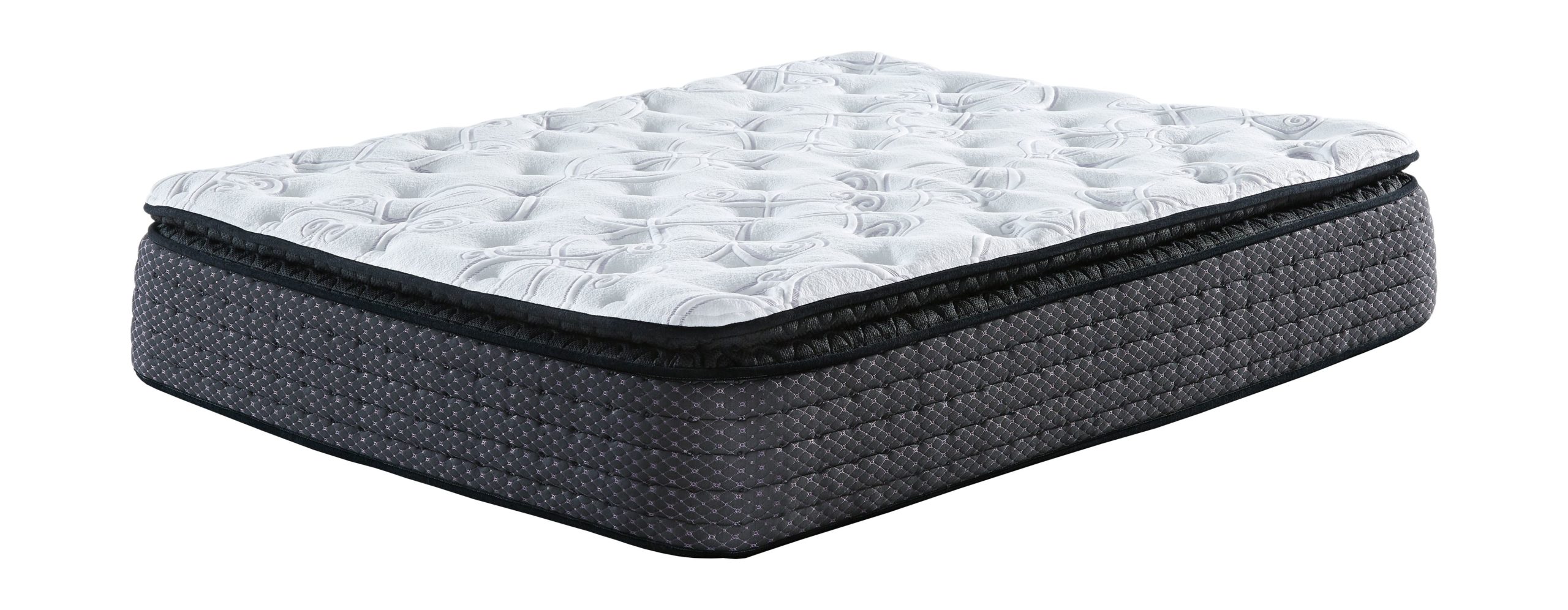The living room is often the heart of a home, where families gather to relax, entertain, and spend quality time together. If you are a music lover and have a piano in your home, incorporating it into your living room design can add a touch of elegance and charm. However, arranging furniture around a piano can be a challenge, as it takes up a significant amount of space and can disrupt the flow of your living room. But with some creativity and strategic placement, you can achieve a harmonious and functional living room with a piano as the focal point.Living Room Furniture Placement with Piano
When arranging furniture in a living room with a piano, the first step is to decide on the placement of the piano. Ideally, it should be placed against a solid wall to enhance its acoustics. If possible, choose a wall that is not shared with any noisy rooms, such as the kitchen or a child's bedroom. This will ensure that the piano can be played without any distractions or disruptions. Once the piano is in place, you can start arranging the rest of the furniture around it. It is essential to create a balance between the piano and the other pieces in the room. You do not want the piano to dominate the space, nor do you want it to feel like an afterthought. L-shaped sofas or sectionals work well in this type of layout, as they can be placed perpendicular to the piano, creating a cozy and intimate seating area.Arranging Furniture in a Living Room with a Piano
A piano is not just a musical instrument; it is also a beautiful piece of furniture that can add character and charm to your living room. You can incorporate the piano into your design by choosing a color scheme that complements the piano's wood finish. For example, if you have a dark mahogany piano, you can opt for warm earth tones like beige, taupe, or olive green for your walls and furniture. This will create a cohesive and harmonious look in the room. Another way to incorporate the piano into your design is by selecting accent pieces that complement its style. For a traditional or classic piano, you can add antique or vintage pieces, such as a chandelier or an ottoman. For a more modern piano, you can choose contemporary or abstract artwork to hang above it. These small details can tie the piano into the overall design of your living room.How to Incorporate a Piano into Your Living Room Design
If you have a small living room, incorporating a piano may seem like a daunting task. However, with some strategic placement and clever furniture choices, you can make it work. One way to maximize space in a living room with a piano is by opting for multi-functional furniture. For example, a storage ottoman can serve as both a coffee table and extra seating, while also providing storage for music sheets or other piano accessories. You can also utilize the wall space around the piano for storage or display shelves. This will not only save space but also add visual interest to the room. Additionally, using light or neutral colors for walls and furniture can make the room appear more spacious and open.Maximizing Space in a Living Room with a Piano
A piano is a beautiful and eye-catching piece of furniture that can serve as the focal point of your living room. To enhance its visual impact, you can create a gallery wall above the piano, displaying family photos, artwork, or decorative mirrors. This will draw the eye towards the piano and add a personal touch to the space. You can also use lighting to highlight the piano and make it stand out. Consider installing track lighting or wall sconces above the piano to provide both ambient and task lighting. This will not only make the piano the center of attention but also create a warm and inviting atmosphere in the room.Creating a Focal Point in Your Living Room with a Piano
When it comes to arranging furniture in a living room with a piano, balance is key. You want to achieve a sense of harmony between the piano and the rest of the room. One way to do this is by creating symmetry. Placing two matching armchairs or accent chairs on either side of the piano can create a sense of balance and visual interest. Another tip is to avoid cluttering the space with too many pieces of furniture. Keep the area around the piano clear to allow for easy movement and playing. If you have a grand piano, you can use the space underneath for a small seating area, creating a cozy and intimate spot in the room.Tips for Balancing a Living Room with a Piano
There are endless design possibilities when it comes to a living room with a piano. You can choose to make the piano the main focal point of the room or incorporate it subtly into the design. If you have a large living room, you can create a separate piano area by placing the piano against a wall and surrounding it with comfortable seating and accent pieces. For a more understated look, you can place the piano in a corner or against a side wall and use it as a decorative or functional piece. You can also use decorative rugs or curtains to define the space around the piano and add a pop of color or pattern to the room.Design Ideas for a Living Room with a Piano
If you have limited floor space, you can still incorporate a piano into your living room by utilizing the wall space. A vertical piano is a great option for small living rooms, as it takes up less space than a grand piano. You can mount shelves or floating cabinets on the wall above the piano to store sheet music or other piano accessories. You can also use the wall space beside or above the piano to display artwork or decorative accents that complement the piano. This will not only add visual interest but also draw the eye towards the piano, making it a focal point in the room.Utilizing Wall Space for a Piano in Your Living Room
In a small living room, it is essential to choose furniture that serves a dual purpose and does not take up too much space. For example, instead of a traditional coffee table, you can use a narrow bench or ottoman that can also serve as extra seating when needed. If you have a small piano, you can place it against a wall and use it as a decorative or functional piece. You can also hang mirrors on the wall above the piano to create the illusion of more space. Additionally, using light or neutral colors for walls and furniture can make the room appear more spacious and open.Incorporating a Piano into a Small Living Room
A living room with a piano can be both cozy and functional. To make the space feel warm and inviting, you can add throw pillows, blankets, and area rugs in soft and luxurious fabrics. These elements will not only add comfort but also add texture and visual interest to the room. To make the room functional, you can incorporate storage solutions for piano accessories, such as a storage bench or bookshelves. You can also use the space around the piano for a small seating area or reading nook. This will make the living room a versatile and multi-functional space for both music and relaxation.Creating a Cozy and Functional Living Room with a Piano
Maximizing Space and Style: Living Room Furniture Placement with Piano
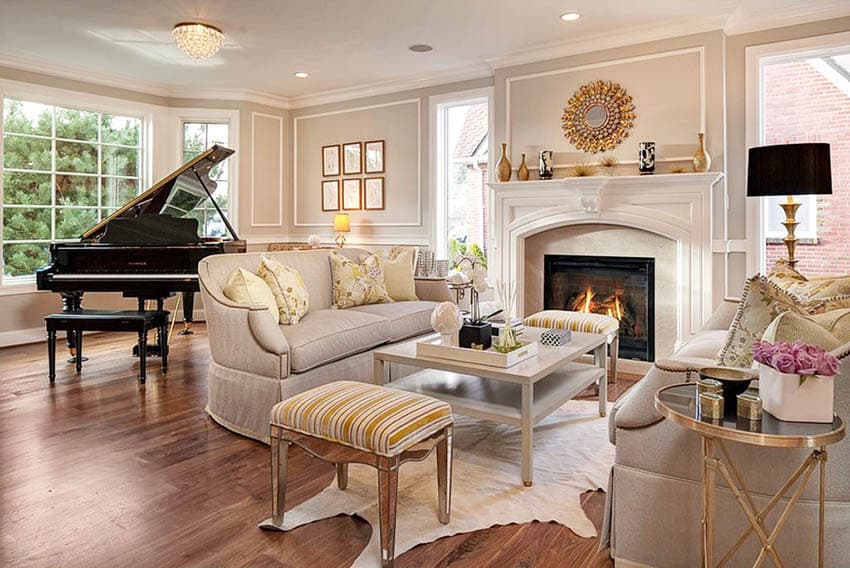
Creating a Harmonious and Functional Layout
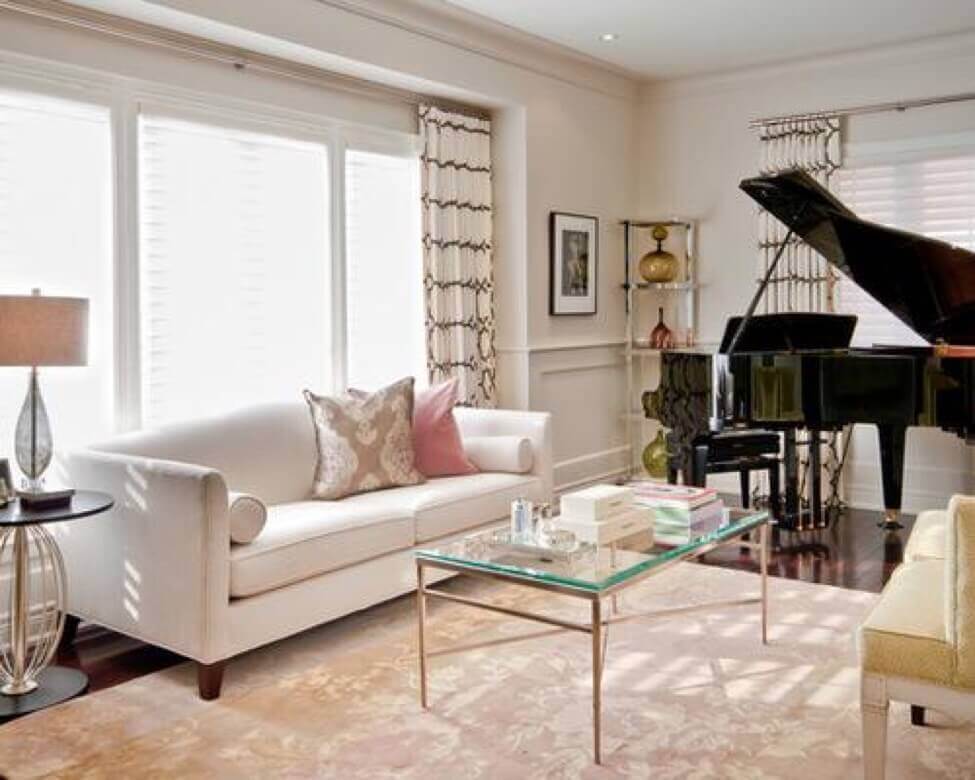 When it comes to designing your living room, careful furniture placement is crucial to creating a harmonious and functional space. This becomes even more challenging when incorporating a piano into the design. The piano is not only a beautiful and elegant instrument, but it also takes up a significant amount of space, making it a focal point in any room. To strike the perfect balance between style and function, here are some tips for placing your living room furniture with a piano.
1. Consider the Position of the Piano
The first step in furniture placement with a piano is determining where to position the instrument. Ideally, the piano should be placed in a prominent area of the room, such as against a wall or in a corner. This will not only make it a focal point but also help to create a sense of balance in the room.
Make sure to leave enough space around the piano for movement and for other furniture pieces.
It's also important to consider the acoustics of the room when deciding on the placement of the piano. Avoid placing it near windows or doors that may cause distractions or disrupt the sound.
2. Create a Conversation Area
Once the piano is in place, it's time to start arranging the rest of the furniture. A common mistake when placing furniture with a piano is to push all the seating against the walls, leaving a large empty space in the center. Instead,
create a conversation area by arranging the furniture in a U-shape around the piano.
This will not only make the room feel more welcoming but also encourage interaction and make the piano a part of the overall design.
3. Balance the Room with Symmetry
Symmetry is key in creating a balanced and visually appealing living room. When placing furniture with a piano, try to maintain symmetry by
arranging matching seating on either side of the piano.
This will help to create a cohesive look and draw attention to the piano as the focal point. Balance the room further by adding other decorative elements, such as artwork or plants, on either side of the piano.
4. Utilize Multifunctional Pieces
In a small living room, every inch of space counts.
Consider using multifunctional furniture pieces that can serve as both storage and seating.
For example, a storage ottoman can double as a seat and provide a place to store sheet music or other piano accessories. This will help to keep the room clutter-free and maximize the use of space.
5. Don't Forget Lighting
Proper lighting is crucial when it comes to showcasing a piano in your living room.
Make sure to have adequate lighting above and around the piano
, such as a floor lamp or wall sconces, to highlight the instrument and create a warm and inviting atmosphere. Consider installing dimmer switches to adjust the lighting according to the mood or time of day.
In conclusion, with careful planning and strategic furniture placement, it is possible to create a beautiful and functional living room with a piano. Keep these tips in mind and
boldly showcase your love for music and design with a well-placed piano in your living room.
When it comes to designing your living room, careful furniture placement is crucial to creating a harmonious and functional space. This becomes even more challenging when incorporating a piano into the design. The piano is not only a beautiful and elegant instrument, but it also takes up a significant amount of space, making it a focal point in any room. To strike the perfect balance between style and function, here are some tips for placing your living room furniture with a piano.
1. Consider the Position of the Piano
The first step in furniture placement with a piano is determining where to position the instrument. Ideally, the piano should be placed in a prominent area of the room, such as against a wall or in a corner. This will not only make it a focal point but also help to create a sense of balance in the room.
Make sure to leave enough space around the piano for movement and for other furniture pieces.
It's also important to consider the acoustics of the room when deciding on the placement of the piano. Avoid placing it near windows or doors that may cause distractions or disrupt the sound.
2. Create a Conversation Area
Once the piano is in place, it's time to start arranging the rest of the furniture. A common mistake when placing furniture with a piano is to push all the seating against the walls, leaving a large empty space in the center. Instead,
create a conversation area by arranging the furniture in a U-shape around the piano.
This will not only make the room feel more welcoming but also encourage interaction and make the piano a part of the overall design.
3. Balance the Room with Symmetry
Symmetry is key in creating a balanced and visually appealing living room. When placing furniture with a piano, try to maintain symmetry by
arranging matching seating on either side of the piano.
This will help to create a cohesive look and draw attention to the piano as the focal point. Balance the room further by adding other decorative elements, such as artwork or plants, on either side of the piano.
4. Utilize Multifunctional Pieces
In a small living room, every inch of space counts.
Consider using multifunctional furniture pieces that can serve as both storage and seating.
For example, a storage ottoman can double as a seat and provide a place to store sheet music or other piano accessories. This will help to keep the room clutter-free and maximize the use of space.
5. Don't Forget Lighting
Proper lighting is crucial when it comes to showcasing a piano in your living room.
Make sure to have adequate lighting above and around the piano
, such as a floor lamp or wall sconces, to highlight the instrument and create a warm and inviting atmosphere. Consider installing dimmer switches to adjust the lighting according to the mood or time of day.
In conclusion, with careful planning and strategic furniture placement, it is possible to create a beautiful and functional living room with a piano. Keep these tips in mind and
boldly showcase your love for music and design with a well-placed piano in your living room.




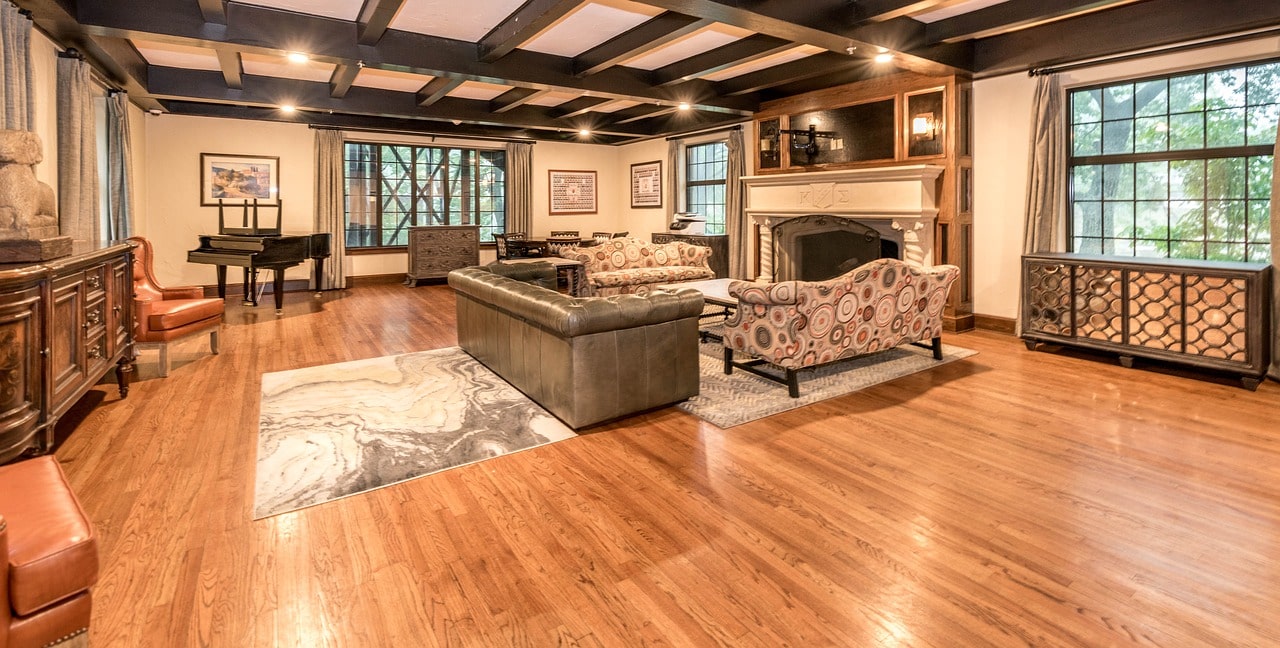


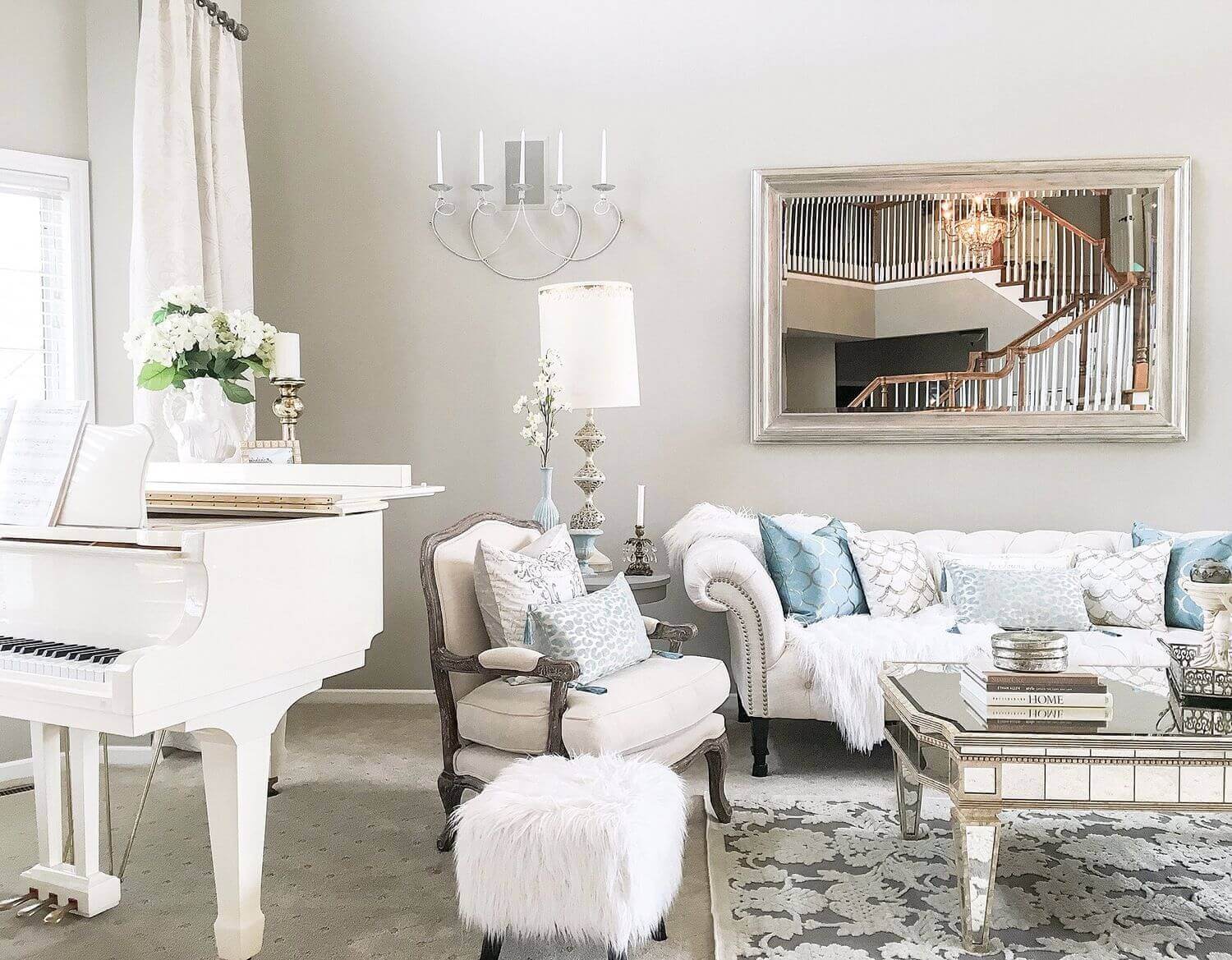






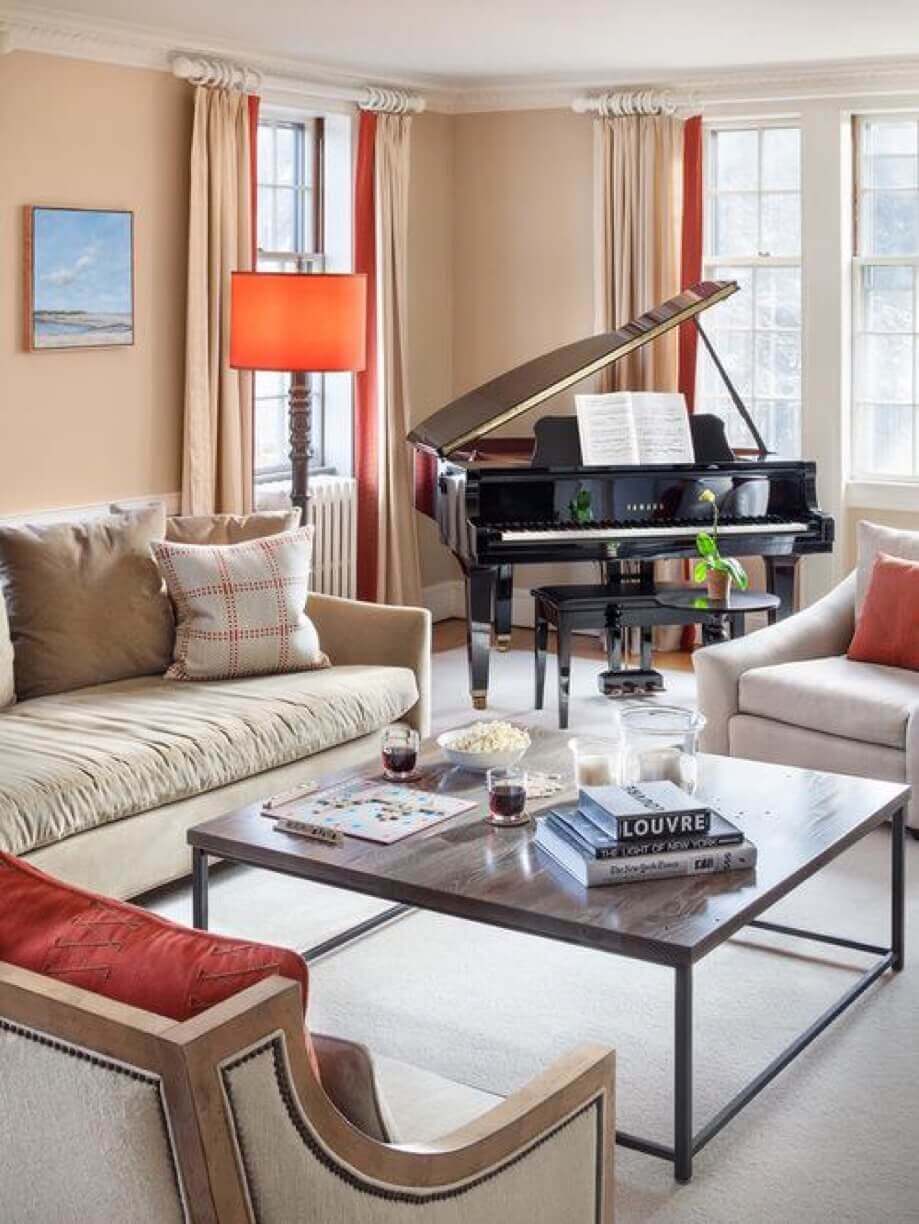











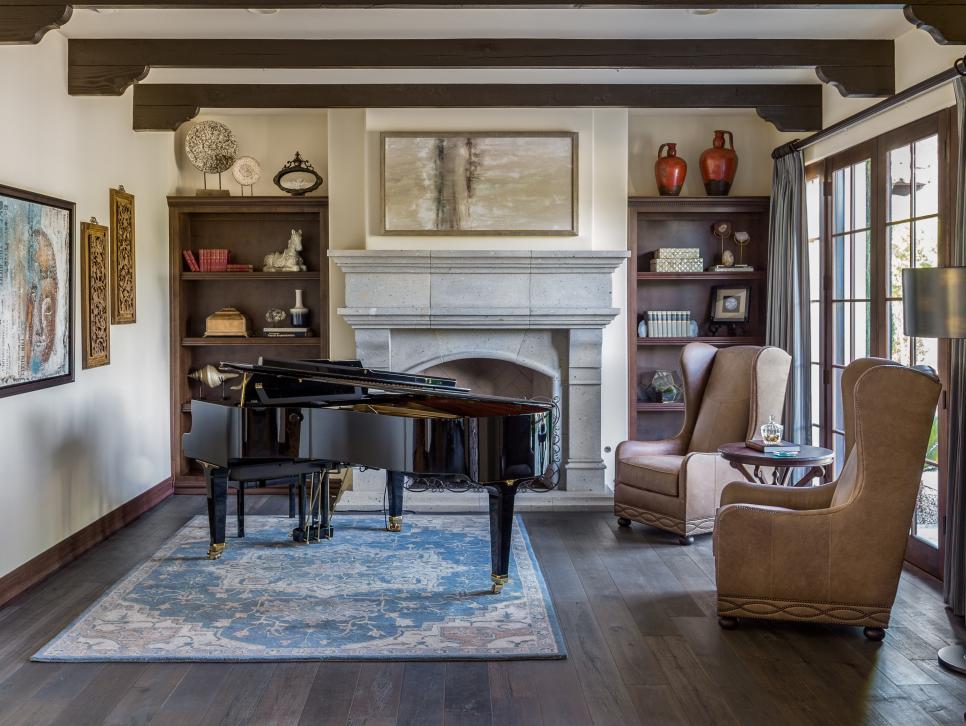
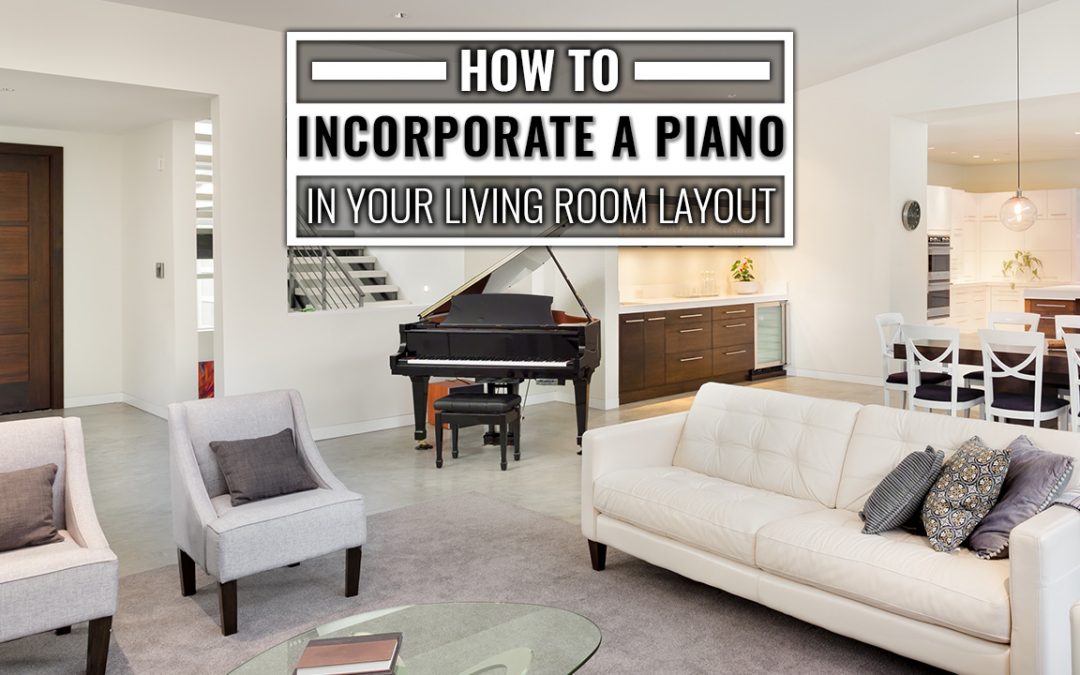
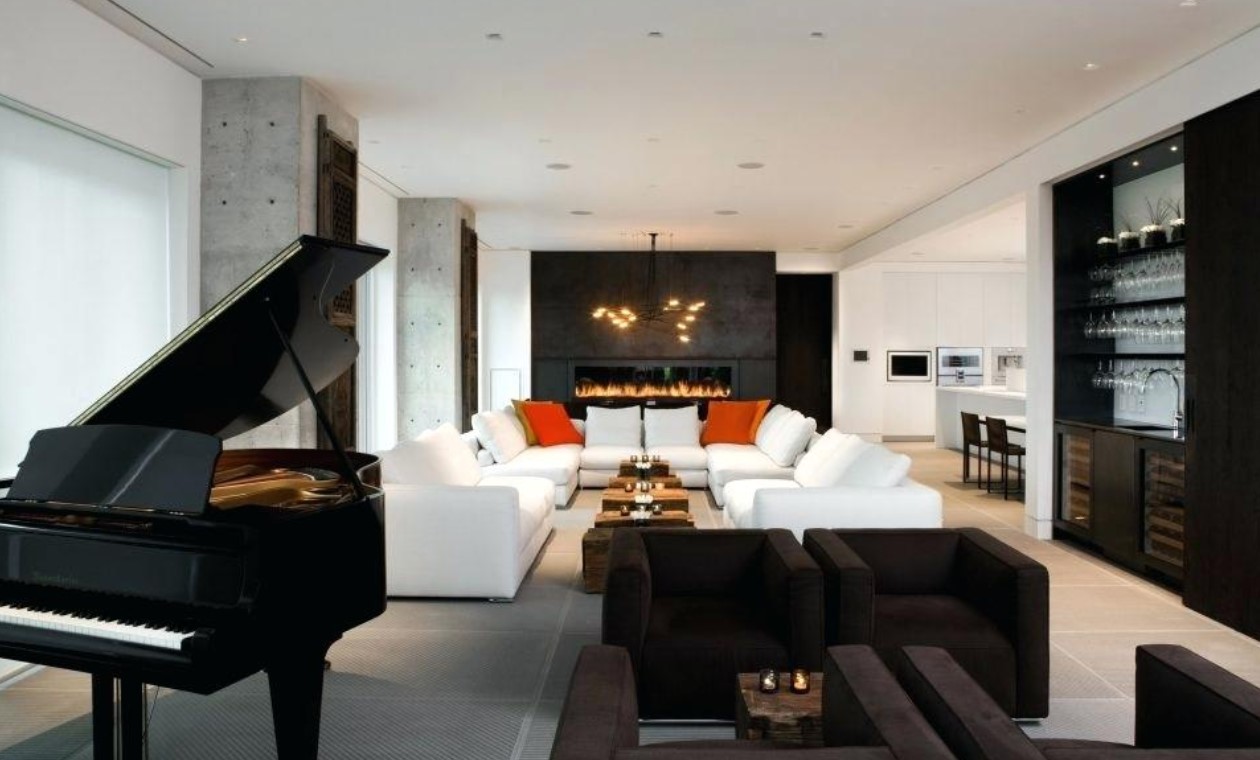
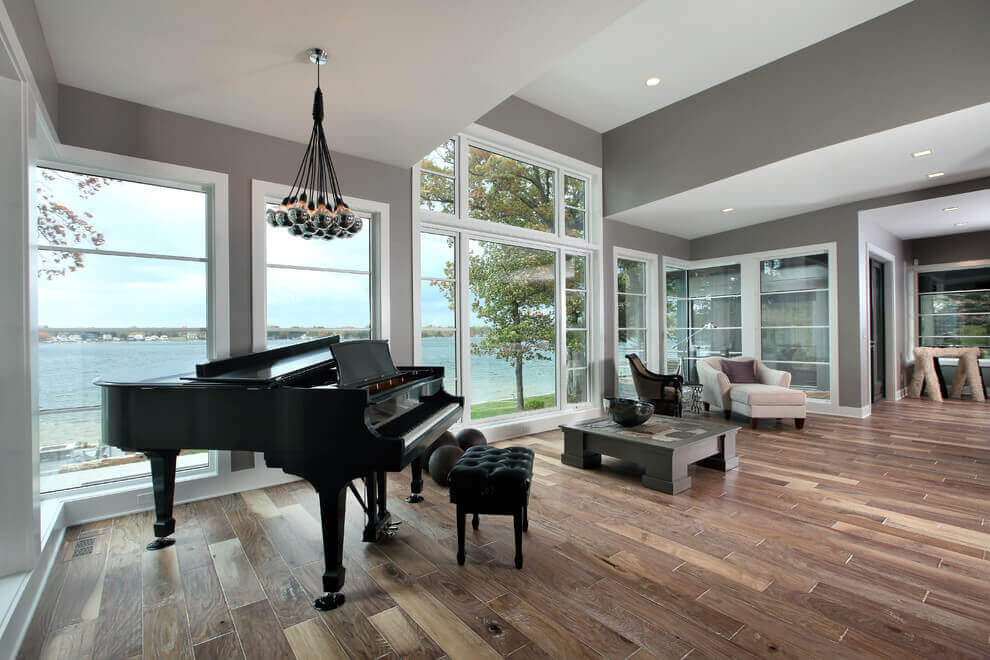
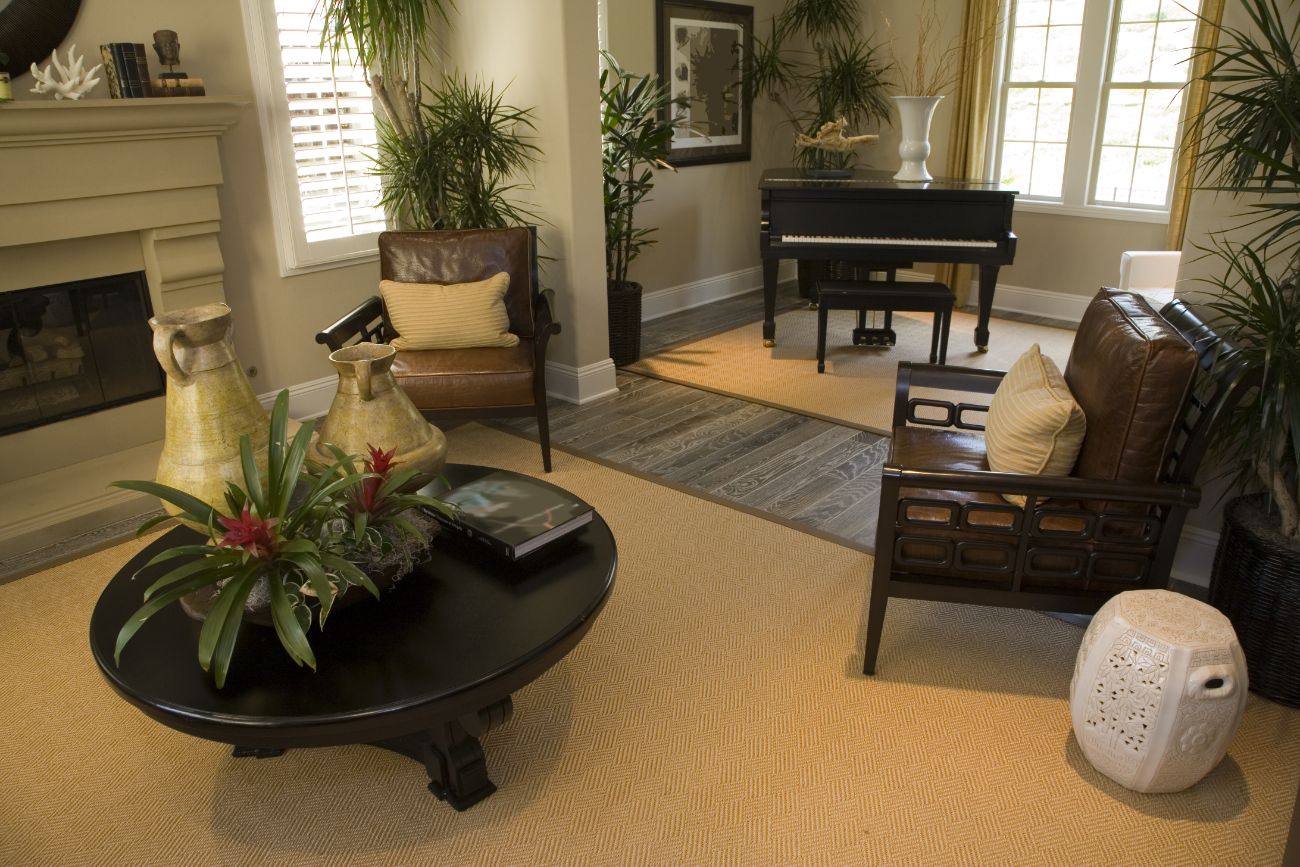


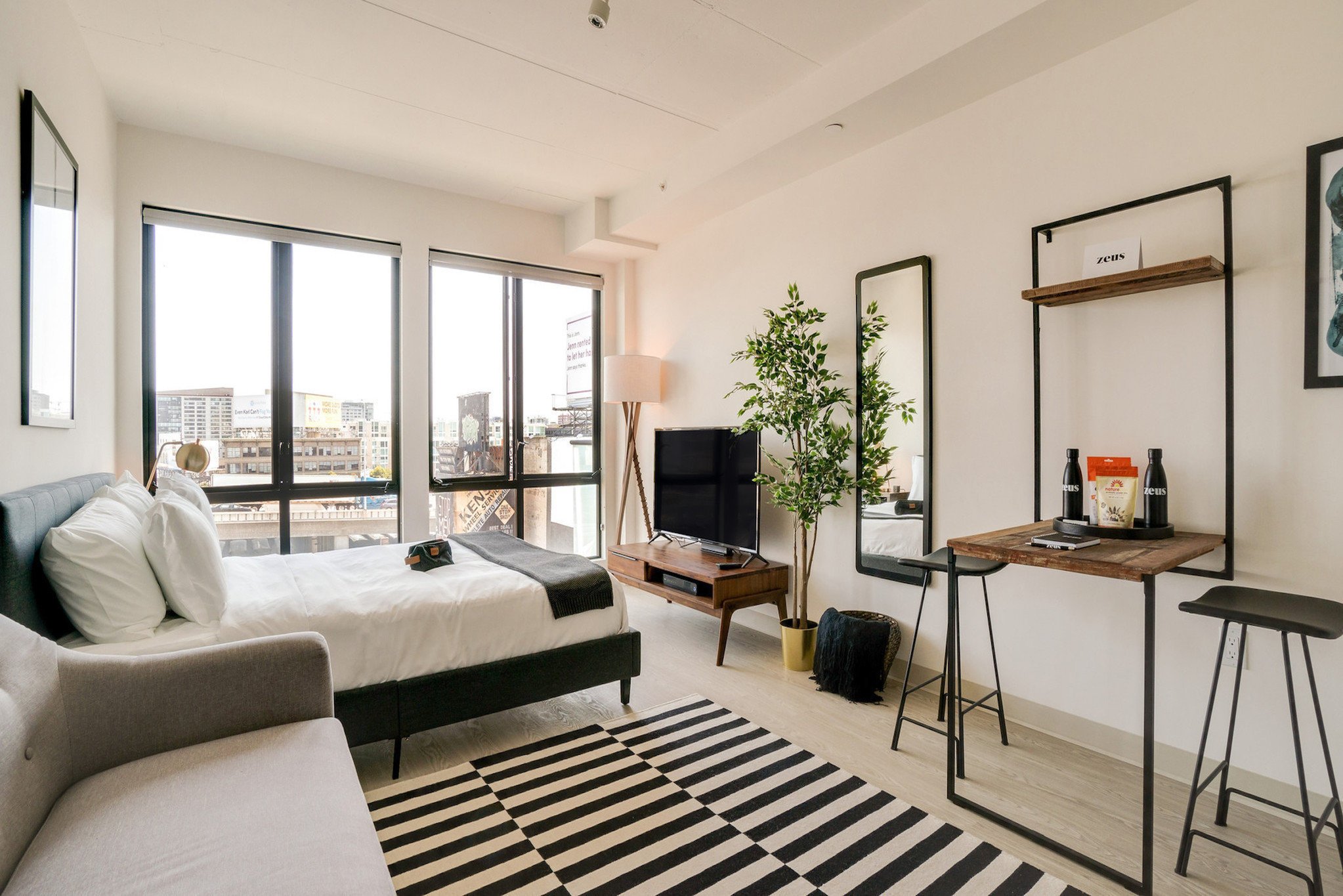




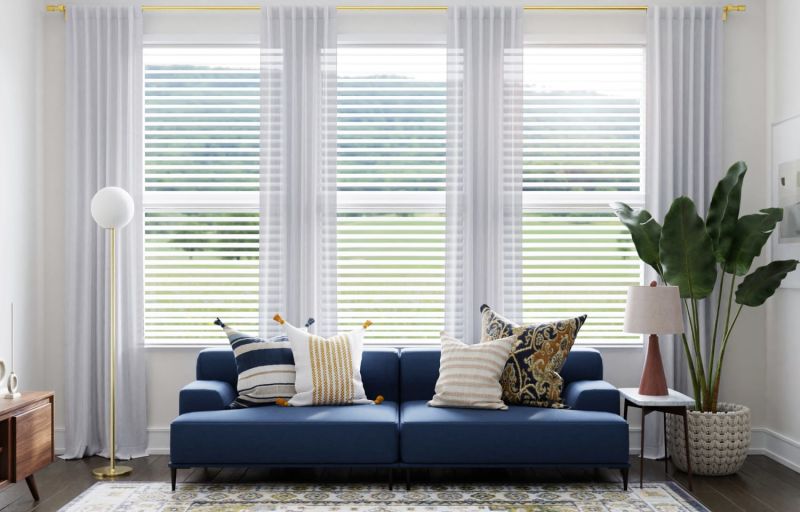
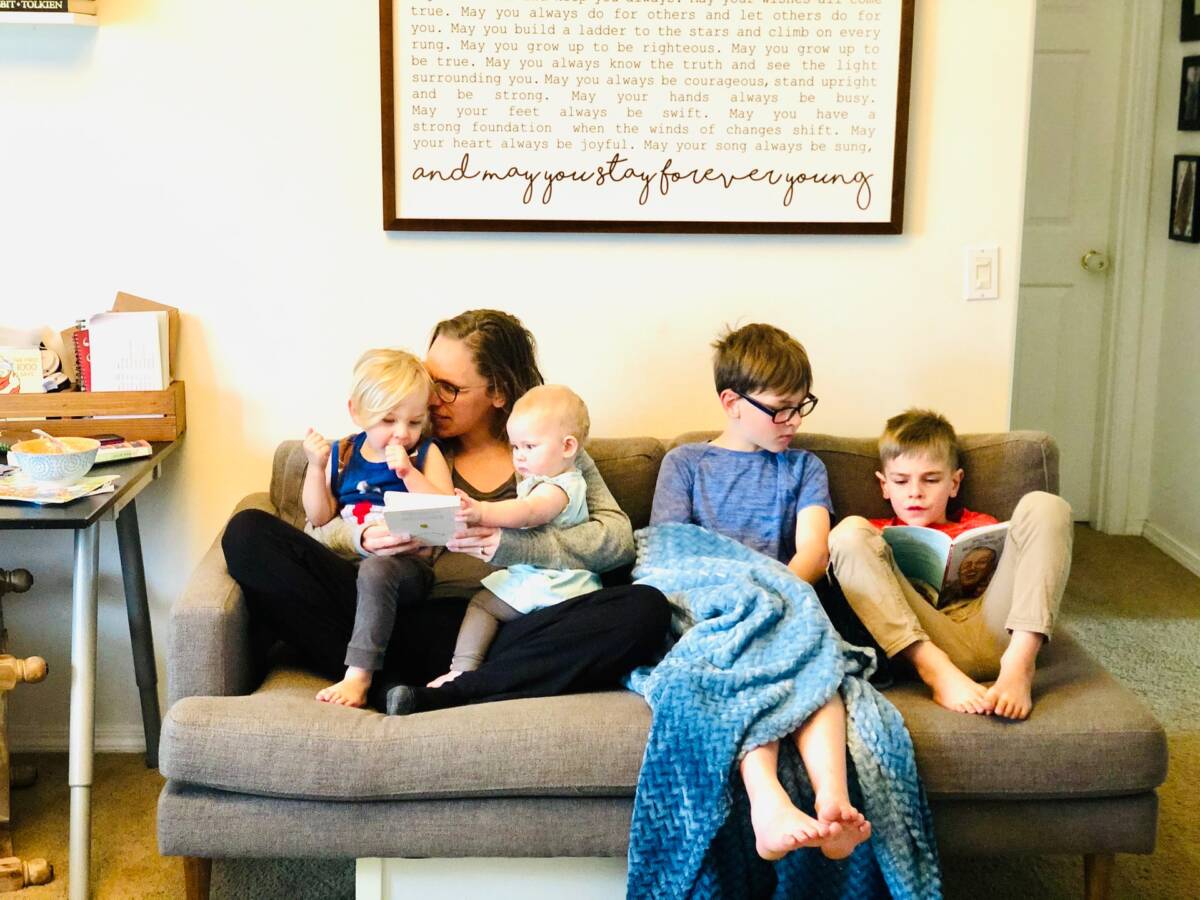





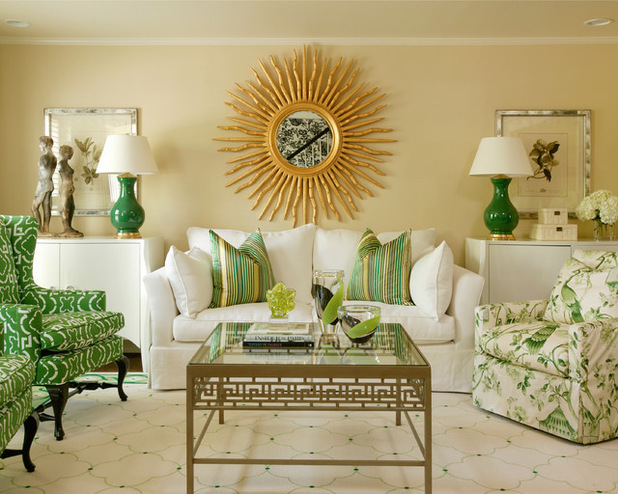


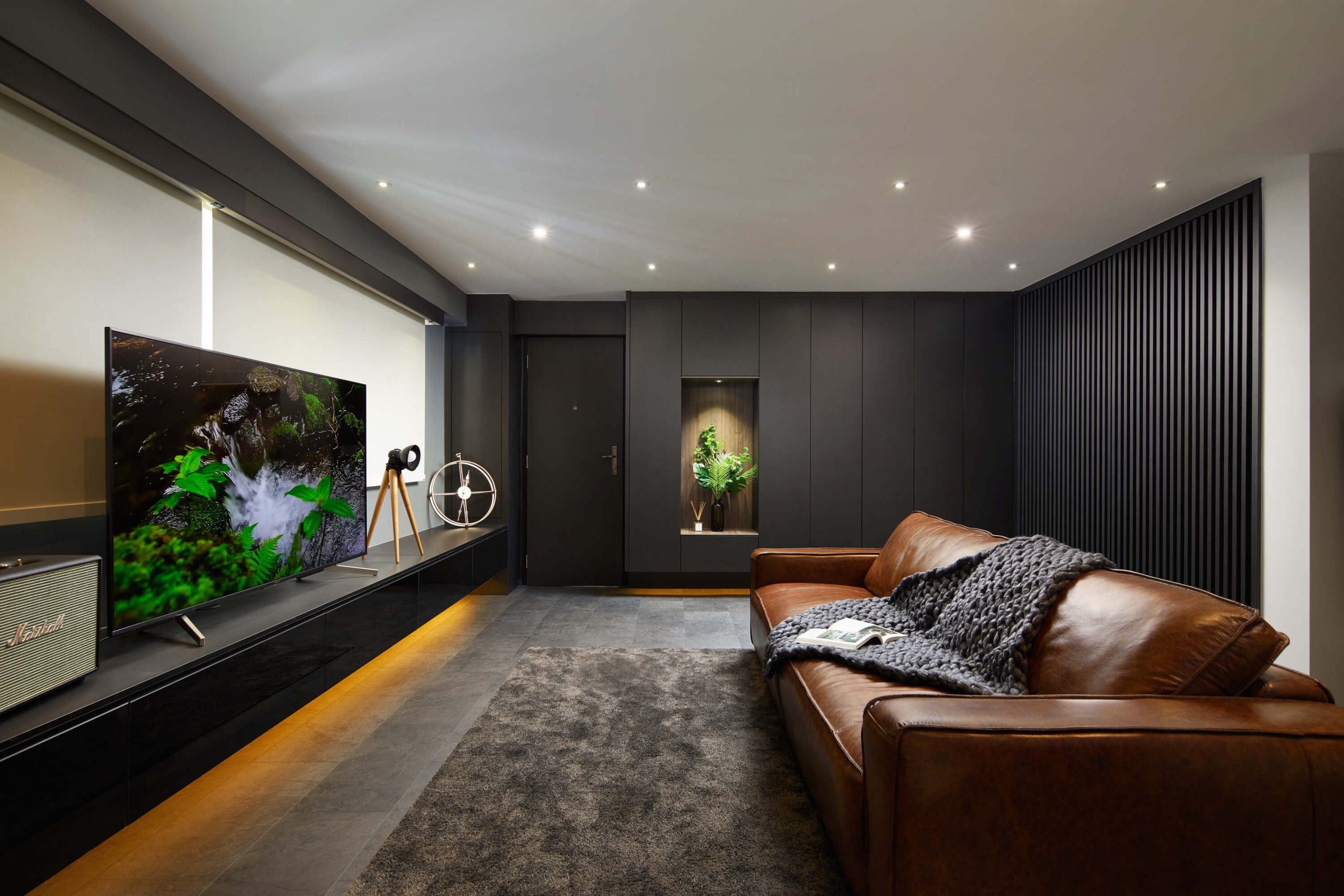
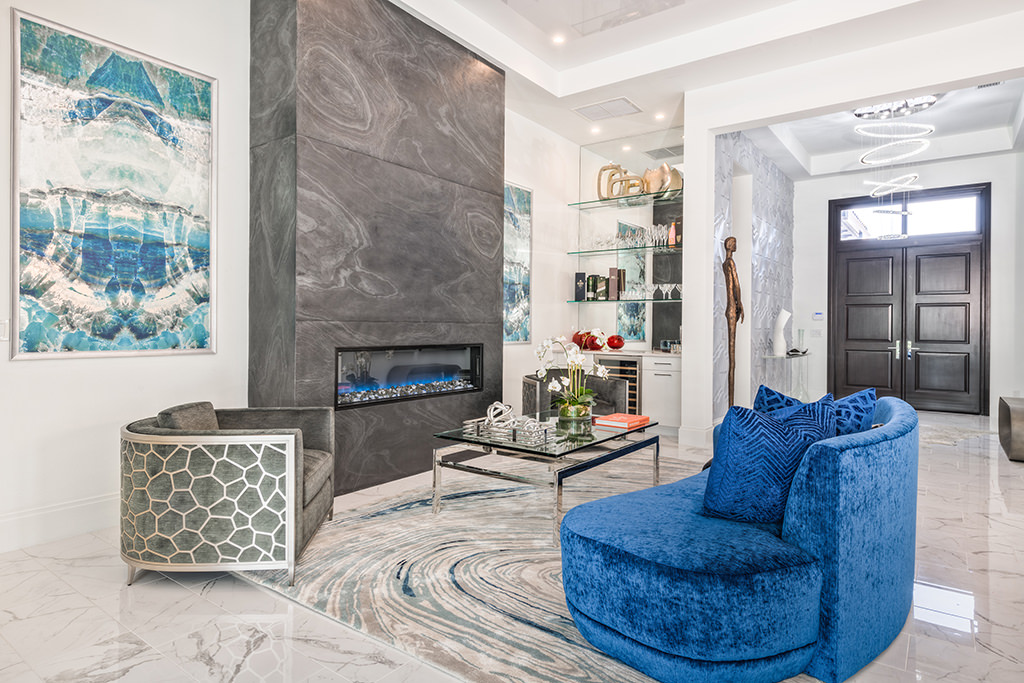
/3.5x5.LRclassical.PaulBurns.Getty-58adbefe5f9b58a3c9cbf3eb.jpg)
:max_bytes(150000):strip_icc()/fin-7-Savannah-traditional-living-room-5a62743313f1290036a34b56.jpg)



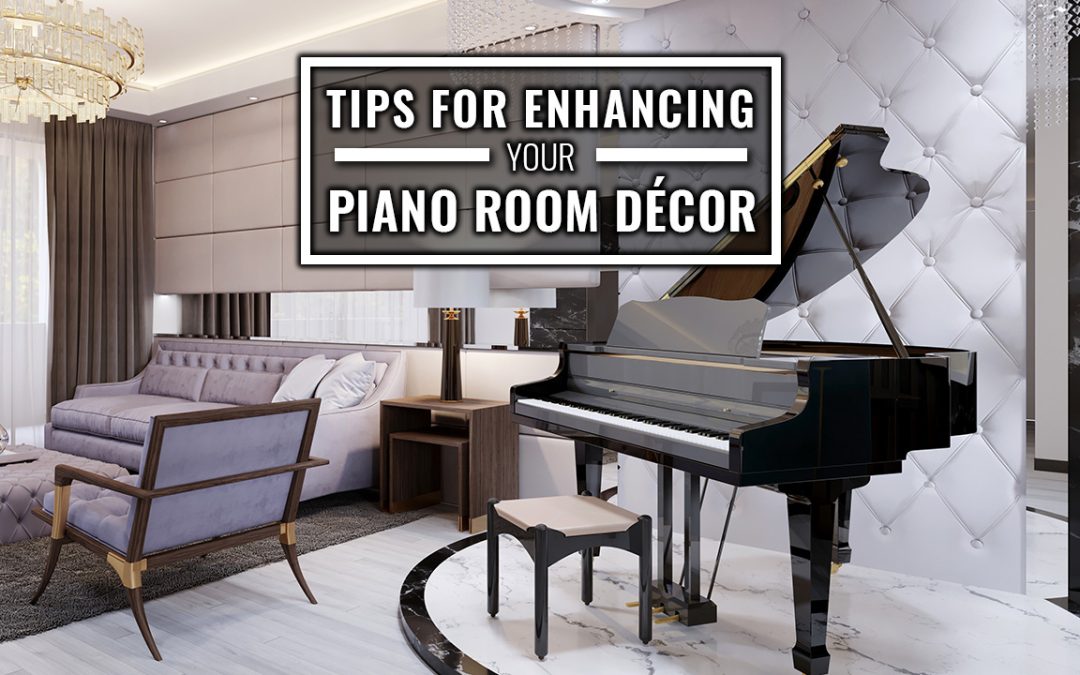



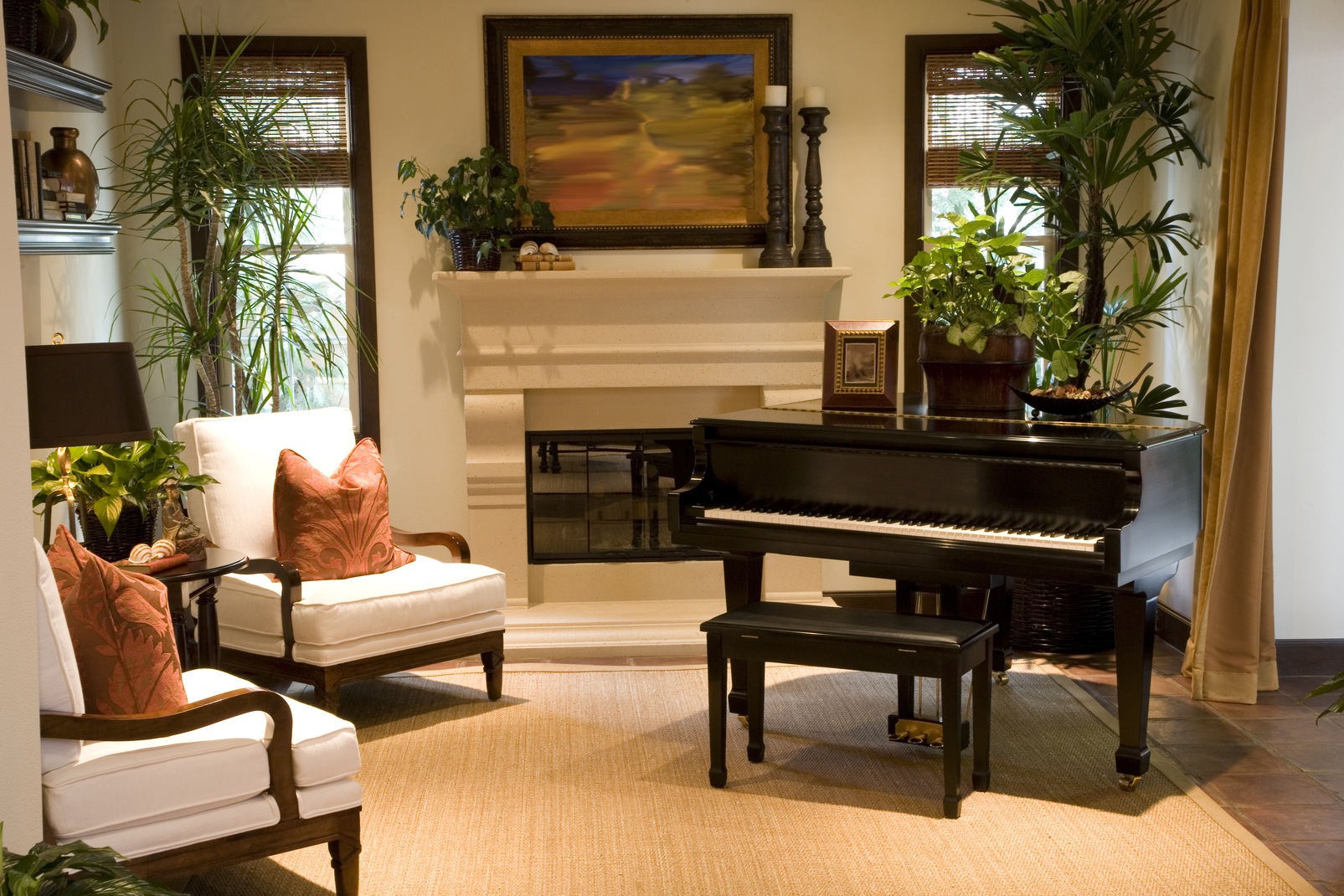





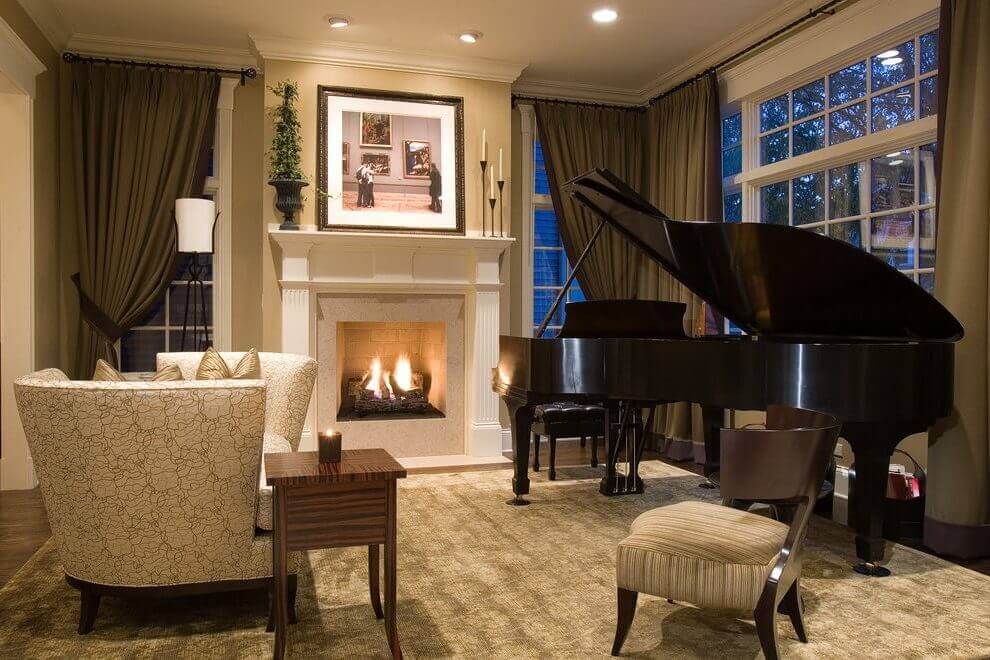

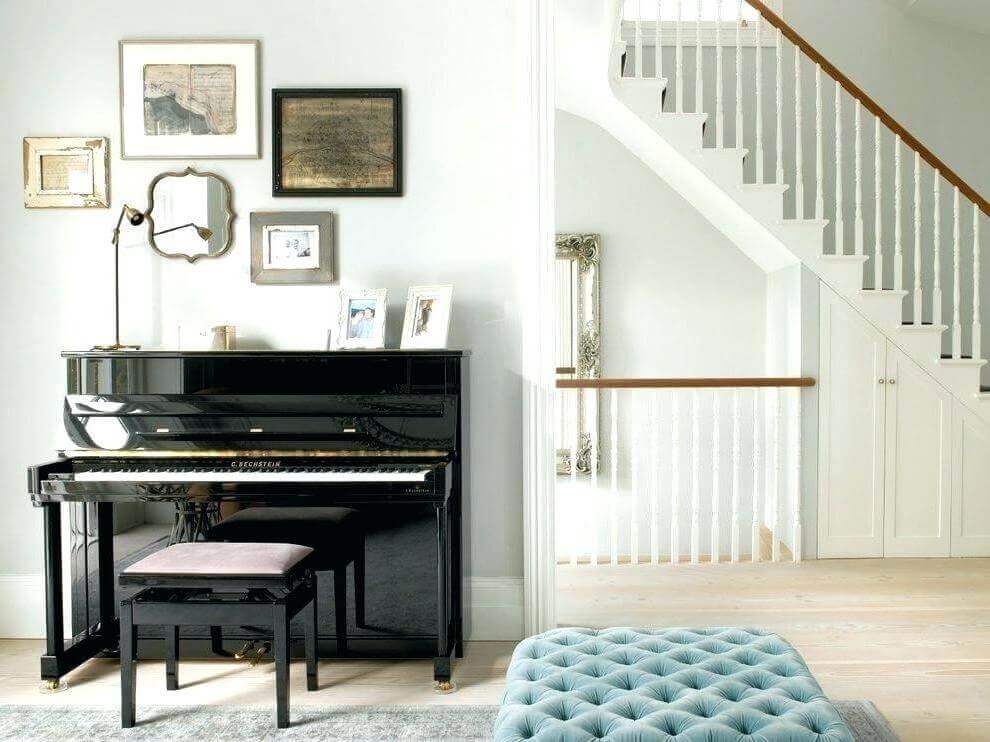







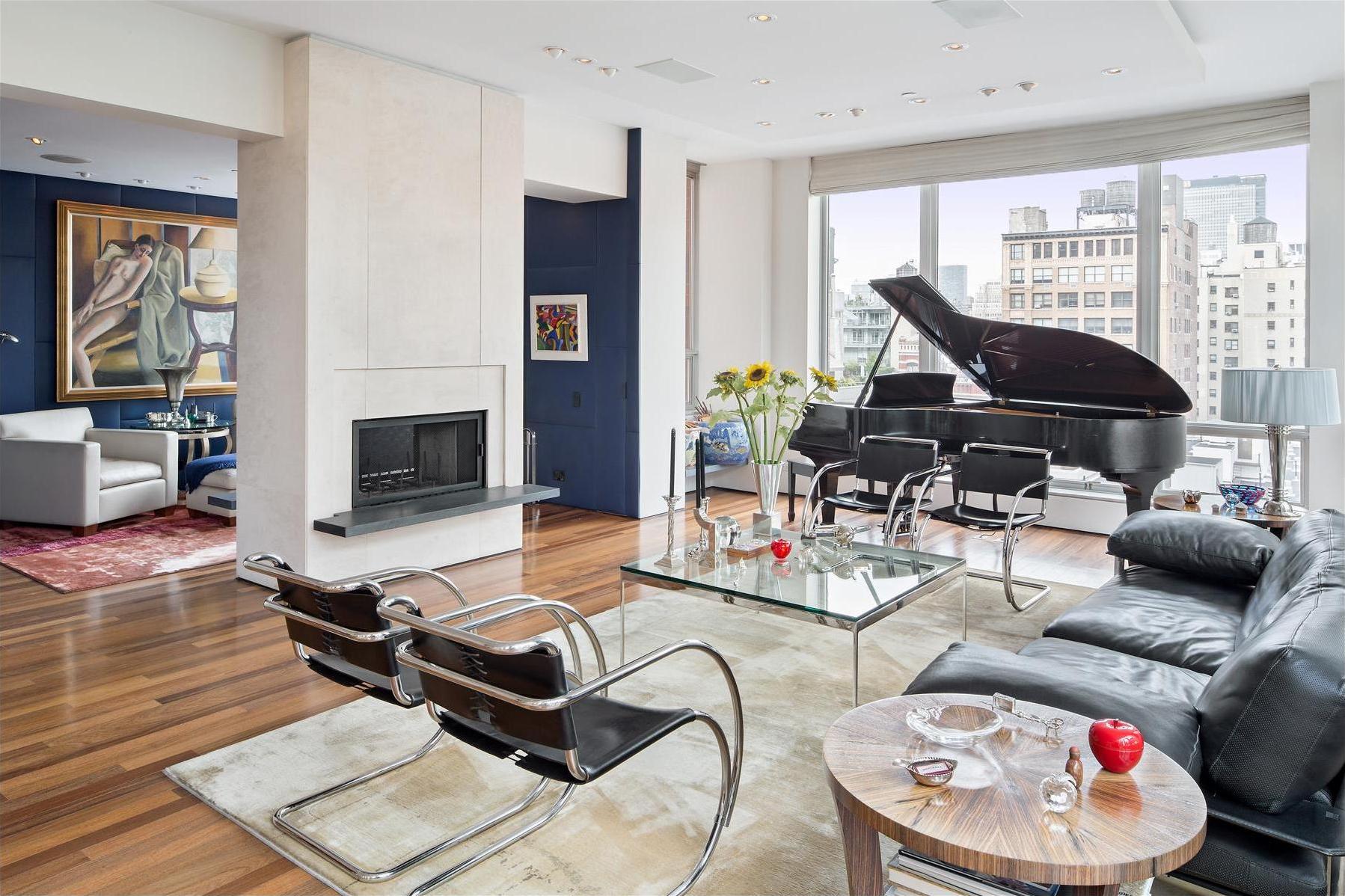
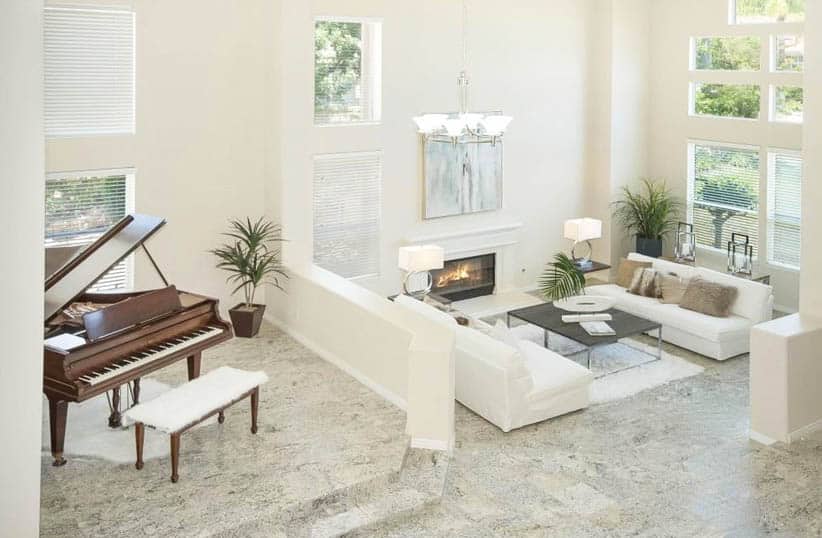








:max_bytes(150000):strip_icc()/orestudios_lonemadrone_05-0294eeaf854c4d8ebf34d13990996973.jpg)
